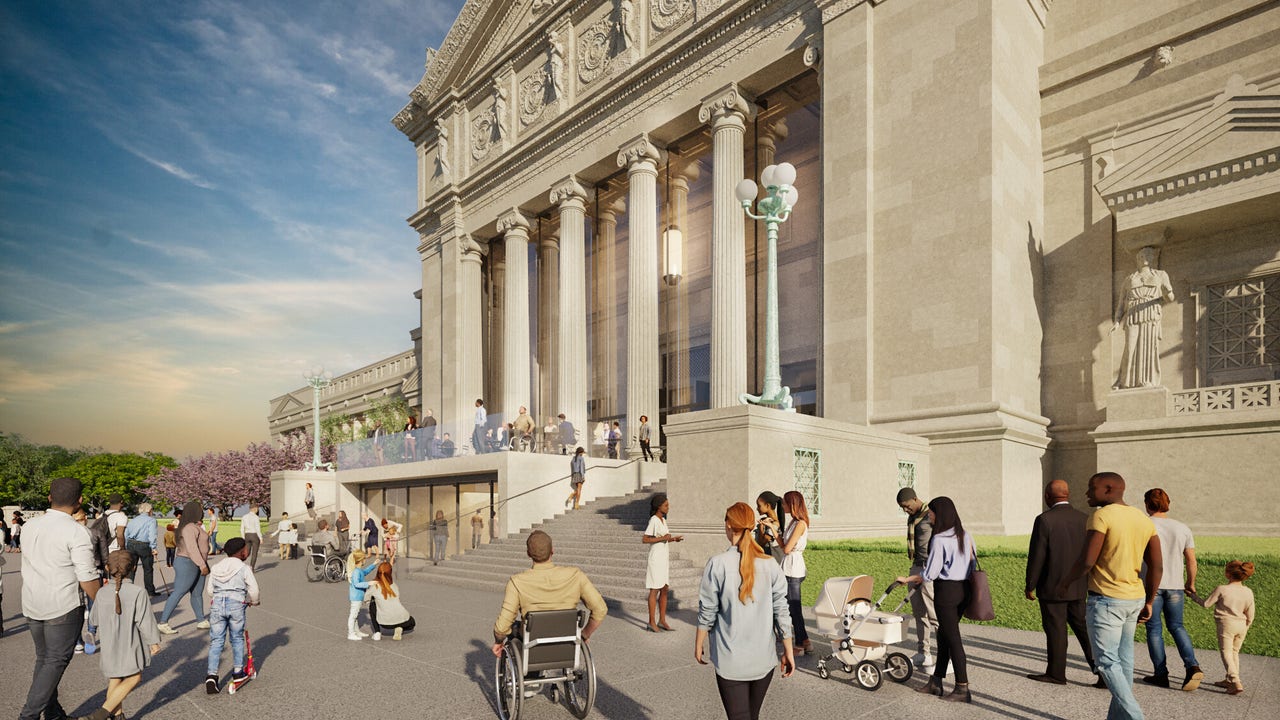Iconic Chicago Museum Gets Facelift: Historic South Portico Set for Stunning Transformation

The Griffin Museum of Science and Industry is set to embark on an exciting transformation of its historic south portico, breathing new life into this iconic architectural feature. This ambitious renovation project promises to blend the museum's rich heritage with modern design, creating a welcoming and innovative entrance that will captivate visitors and showcase the institution's forward-thinking spirit.
The planned renovation aims to preserve the portico's historical significance while updating its functionality and aesthetic appeal. Architects and museum officials are carefully crafting a design that will honor the building's original architectural elements while introducing contemporary touches that reflect the museum's commitment to science, innovation, and community engagement.
Visitors can look forward to an enhanced entrance experience that not only pays homage to the museum's storied past but also provides a glimpse into its dynamic future. The transformation is expected to create a more inviting and accessible gateway that will inspire curiosity and excitement for the scientific wonders awaiting inside.
As the project moves forward, the Griffin Museum continues to demonstrate its dedication to creating an immersive and inspiring environment that connects people with the world of science and discovery.

